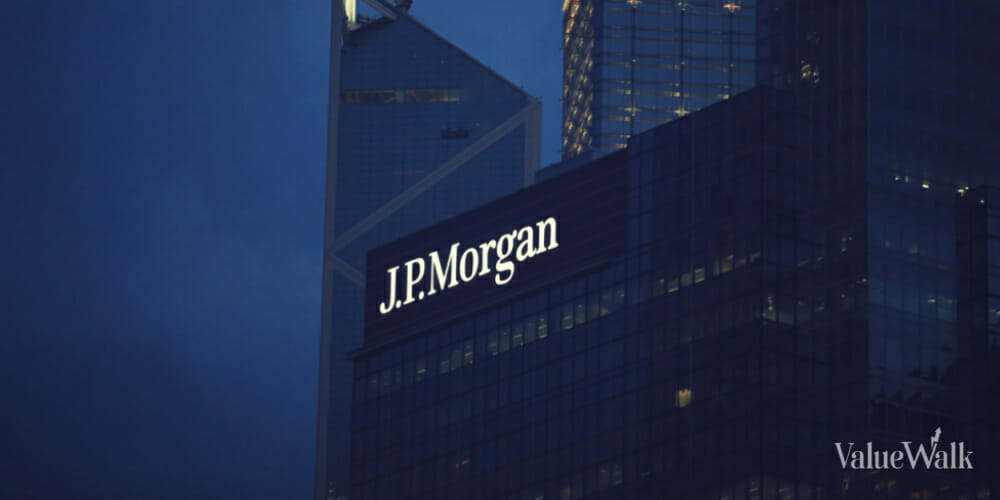Why JPMorgan Chase dominates the market

You can slice it any way you like. JP Morgan Chase (NYSE:JPM) is the country’s largest bank and has dominated the industry. It’s been one of the best bank stocks to date and over the past year, and one of the best over the long term as well.
Over the past year as of Dec. 8, JPMorgan Chase’s stock price had risen 10.1%, with a year-to-date return of 19.6%. Of the top 10 banks, only Capital One Financial (NYSE:COF) posted better numbers, up 26.3% and 30.2%, respectively.
Over the past five years, JPMorgan Chase’s average annual return has been 9.4%, with only Goldman Sachs (NYSE:GS) doing better at 14.5%. Over the past 10 years, JPMorgan has recorded an average annual return of 10.8%, the best in its class, and also recorded an annualized return of 7.9% in the 20-year sample.
JPMorgan Chase has long been the gold standard for banks and large financial services institutions, and the reasons for that come down to three important factors:
fortress balance sheet
Perhaps the main reason why JPMorgan Chase dominates the market is because of the stability of the organization. This is because they have had the same CEO, Jamie Dimon, since 2005. None of JPMorgan Chase’s larger banking competitors have this type of executive stability. Bank of America, led by Brian Moynihan since 2010, would be the next closest.
Of course, having that kind of stability at the top is only possible by having a clear strategy and executing it, and Dimon and his team have done just that. Central to his strategy is the concept of a fortress balance sheet. Dimon popularized the term in the 2000s, and over the years it has become synonymous with his company and central to everything it does.
The concept of a strong balance sheet simply involves managing its finances to ensure that the company always has sufficient liquidity and relatively low debt to be able to weather even the worst market shocks. This was JPMorgan Chase’s philosophy and strategy before the 2007-2009 global financial crisis and before Dodd-Frank mandated capital ratios. In fact, this strategy helped JPMorgan Chase weather the crisis better than its competitors.
Apart from that, it has helped the company grow. Through efficient management, JPMorgan Chase has the capital to invest and make acquisitions, especially at times when other companies do not. For example, our capital enabled us to acquire Bear Stearns and Washington Mutual during the 2008 financial crisis. Just this year, during the financial crisis, JPMorgan Chase purchased the assets of the bankrupt First Republic Bank.
A key metric at JPMorgan Chase for many years has been efficiency, or overhead ratio. This metric shows how much a bank spends to generate one dollar of profit. JPMorgan’s overhead ratio, currently at 55%, has been consistently lower than its competitors for several years. This ability to operate efficiently has allowed JPMorgan Chase to build a more balanced operation than its competitors, with a variety of revenue streams that can better, if not all, weather economic and market ups and downs.
In addition to being a leader in consumer and investment banking, JPMorgan Chase also has a strong asset and wealth management and commercial banking division. The investment banking sector was down this year, while the other three sectors were on the rise.
Advantages that make you buy JPMorgan Chase
The banking industry is highly cyclical and performs well when the economy is good. However, JPMorgan’s advantages mentioned above make it less cyclical than its competitors. That means it can outperform in down markets and still generate above-market returns in good markets.
Another positive that comes from the bank’s strong balance sheet and efficiency is its dividends. JPMorgan Chase has increased its annual dividend payout for the past 13 consecutive years, even in 2020 amid the pandemic that forced many banks to suspend or cut dividends. It currently pays a dividend of $1.05 per share with a yield of 2.65%.
Finally, JPMorgan Chase trades at just 9 times earnings, making it a good value and long-term buy.



